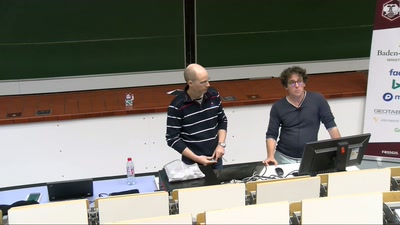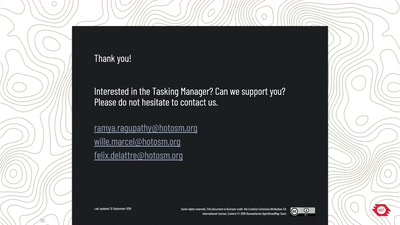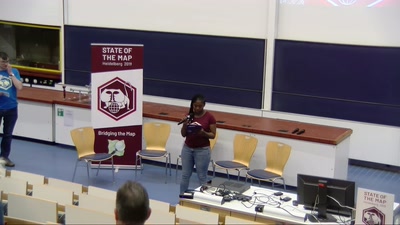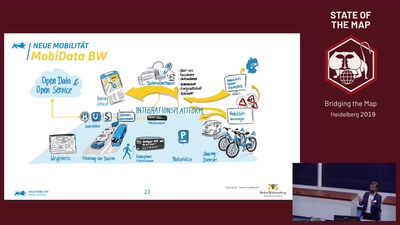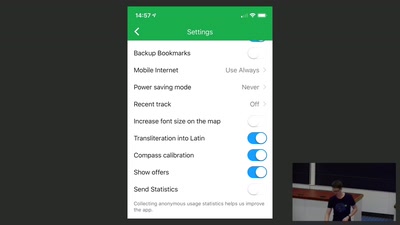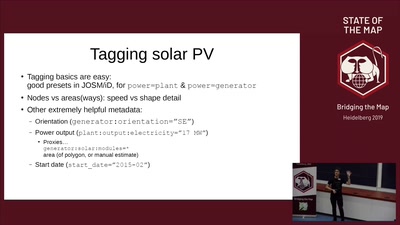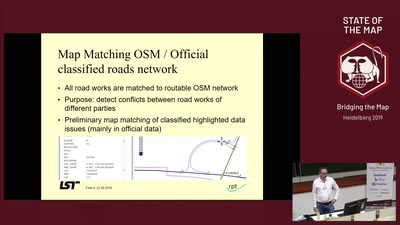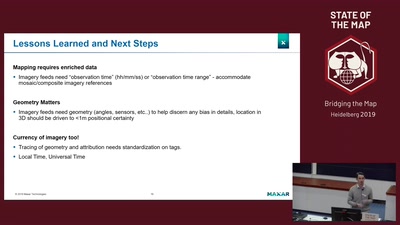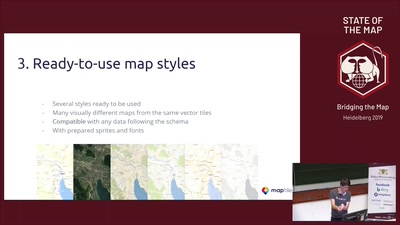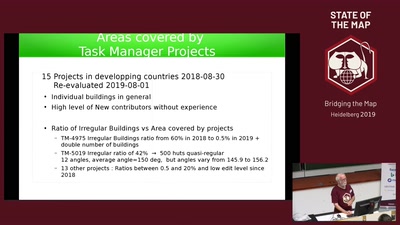Corporate Editors in the Evolving Landscape of OpenStreetMap: A Close Investigation of the Impact to the Map & Community
More than 17 million edits globally have been made by paid contributors in the last five years. We look at the long history of corporate involvement in OSM and then dig into the data to quantify the impact this latest evolution of corporate involvement is having on the map and explore the interactions between paid and volunteer mappers.
OpenStreetMap (OSM) is both a map and the active community of over a million mappers that create and maintain it. Participation in OSM has largely been studied in terms of motivation and the resulting data quality. Today, the community is comprised by many different interest groups including craft/hobby mappers, humanitarian mappers, professional mappers, and more. The last few years have seen a dramatic growth in a specific group of mappers: corporate editors. These are mappers hired by corporations and edit the map as part of their employment. In November 2018, the OSM Foundation published the _organized editing guidelines_ that outline a number of steps all groups engaged in organized editing activities (including corporate data teams), should take to promote transparency, openness, and engagement with other mappers—especially local community. This work identifies ten corporations that are complying with these guidelines and explores their mapping activities. We found these corporations have cumulatively edited over 17M objects globally in the last five years, of which 9M were edited in 2018 [1].
First, we traced the history of corporate involvement in OSM to show that while this growing phenomena of corporate editing is new, it represents just the latest stage in a long history of corporations both contributing to and benefitting from OpenStreetMap. Next, we used historical quarterly-snapshot OSM-QA-Tiles to quantify where the ten corporations are active on the map and what types of edits they are performing. We find these edits are global in geographical scope, yet vary per corporation in location and edit type: Corporations heavily impact road networks, yet non-corporate mappers maintain the majority of all edits by mapping more buildings and points-of-interest [1]. To date, this research has quantified and contextualized the growing phenomena of corporate editing in OSM and identified the need for more in-depth analysis to more descriptively explain the impact to the map and volunteer mappers in these regions where corporate-editors are active.
To further explore these impacts, we need to dig deeper into the editing record to describe the evolution of the map. For this, we are building upon open-source OSM data-processing tools to construct new vector tiles with with full OSM editing histories [4]. These new historical analysis tiles allow us to efficiently explore the evolution of the map in these regions. This allows us to better contextualize and visualize the interactions between corporate editors and volunteer mappers at scale. Previous research has shown that the road network typically gets mapped first and the map builds up from there [2]. To this extent, we will explore the notion of _map seeding_ whereby paid editors create the first version of the road network, seeding the map for others to maintain and grow. Supporting such an idea is the concept of _densification_ of the map, where some mappers prefer to edit where there is existing—though incomplete or sparse—map data, instead of a beginning with a blank section of map [3]. The concept of such editing patterns highlights the nuances in effectively measuring the impact of paid editing on the map. In other words, this question is more complicated than “are corporate editors taking over?”
The first part of the research presented here was recently published [1]. The deeper exploration of the data to identify and explain the impact to the map and local communities is current, ongoing research. At State of the Map, I will briefly summarize the completed work to better set the context, and then present the results of our ongoing investigation on the impact to the map and community.
1. Anderson, J., Sarkar, D., & Palen, L. (2019). Corporate Editors in the Evolving Landscape of OpenStreetMap. ISPRS Int. J. Geo-Inf. 8, 232.
2. Ciepłuch, B., Mooney, P., & Winstanley, A. C. (2011). Building Generic Quality Indicators for OpenStreetMap. 19th Annual GIS Research UK (GISRUK), 5. Retrieved from http://eprints.maynoothuniversity.ie/2483/
3. Corcoran, P., Mooney, P., & Bertolotto, M. (2013). Analysing the growth of OpenStreetMap networks. Spatial Statistics, 3, 21–32. https://doi.org/10.1016/j.spasta.2013.01.002
4. OSM-Wayback Utility available at https://github.com/osmlab/osm-wayback

